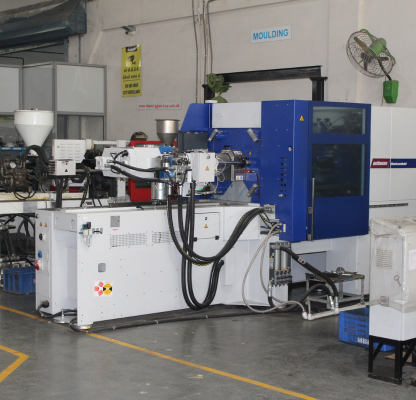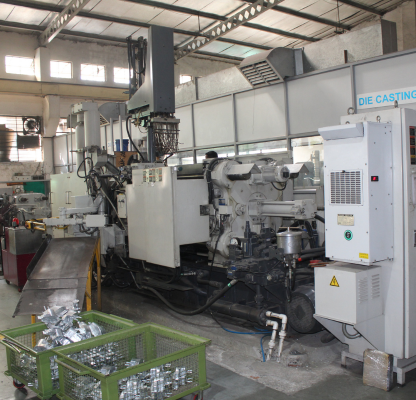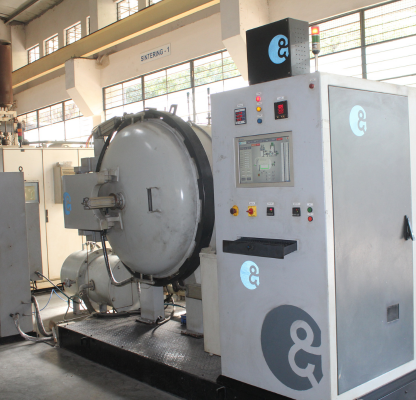Metal Injection Molding Process
- Home
- Metal Injection Molding
What is Metal Injection Molding?
Metal Injection Molding Process (MIM) is a method in metalworking where metal in fine powder form is combined with a binder to form what’s known as feedstock. This feedstock is subsequently solidified and molded to yield the final product.
MIM process is particularly well-suited for streamlining the manufacture of products in large quantities or those with intricate designs.
Metal Injection Molding process steps
Molding
Injection Molding operates with the same machinery and approach as Plastic Injection Molding. In this process, pelletized feedstock is placed into an injection molding machine, where it’s heated and then injected under high pressure into a mold cavity.
This forms a “green part” that is allowed to cool and is subsequently ejected from the mold, allowing the cycle to restart. Because only the binders are meant to melt (serving to transport the metal powders), the process occurs at around 200°C.
The molds can feature multiple cavities to enhance production rates. To account for the shrinkage occurring during sintering, the mold cavity is designed about 20% larger. This shrinkage rate is accurately predetermined for each type of material used.


Debinding
Following Injection Molding, the formed part advances to the subsequent phase known as De-binding process. This step involves eliminating the binder materials from the molded Metal Injection Molding (MIM) part.
Typically conducted in multiple stages, the process removes the majority of the binder prior to sintering, retaining just enough to facilitate the handling of the parts into the sintering furnace.
The removal of the binder is achieved through various techniques, with solvent extraction being among the most common. Post-debinding, the part becomes semi-porous, which aids in the escape of the residual binder during the sintering phase.
Sintering
The parts are positioned on ceramic setters, which are then placed into a sintering furnace capable of high temperatures and controlled atmospheres. In this furnace, the brown parts are gradually heated in a protective environment to eliminate any remaining binders.
After the binders have been vaporized, the temperature of the metal parts is increased to a level where the spaces between particles disappear as the particles themselves begin to fuse together. This causes the part to shrink uniformly to its intended dimensions, resulting in a dense, solid form.
The density of the sintered parts typically exceeds 97% of the theoretical density for most materials. Such a high density endows the finished product with properties akin to those of wrought materials.

Meta Build Industries
Meta Build Industries is a leading global supplier specializing in Metal Injection Molding (MIM) parts, catering to a diverse array of industries around the world. With an unwavering commitment to excellence and innovation, we harness the transformative power of MIM technology to produce parts characterized by their intricate shapes and exceptional mechanical properties.
Our products are pivotal in driving advancements and efficiency across sectors including aerospace, automotive, medical devices, consumer electronics, and defense.
Our cutting-edge product manufacturing capabilities, including advanced multi-cavity tooling, which empower us to achieve high production rates without compromising on precision or quality.
This, combined with our rigorous quality control measures, ensures that every component we deliver meets the stringent standards of our clients, offering superior dimensional tolerance and a wide range of geometric features.
